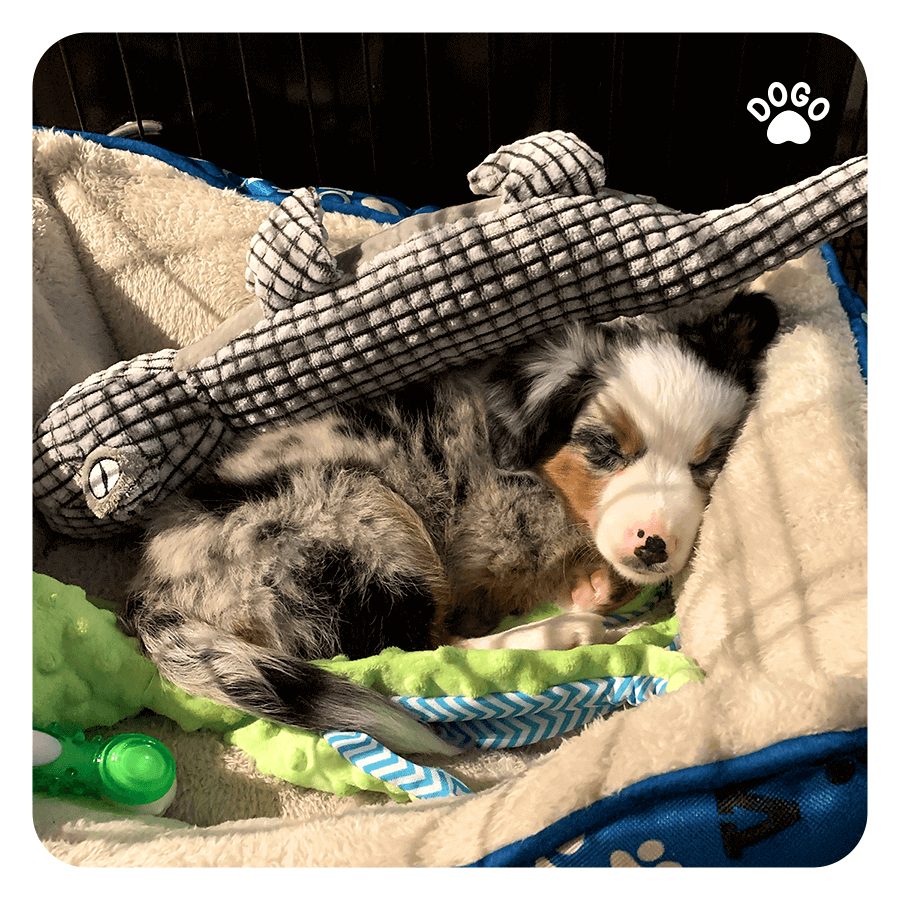
Understand the Purpose of Crate Training
Crate training is not about confining your puppy; rather, it is about creating a positive association with their crate. A crate can become their den, a place where they feel secure and comfortable. It is also a useful tool for managing their behavior, preventing accidents, and protecting your home and belongings. By teaching your puppy to love their crate, you are setting them up for a lifetime of good behavior.
Choose the Right Crate
Selecting the appropriate crate for your puppy is crucial. It should be large enough for them to stand up, turn around, and lie down comfortably, but not so spacious that they can use one corner as a bathroom. Opt for a crate made of sturdy materials and ensure it has proper ventilation. You can also consider using a crate with a removable divider to adjust the space as your puppy grows.
Introduce the Crate Gradually
Start by placing the crate in a quiet area of your home where your family spends time. Make it inviting by adding a soft blanket, a few toys, and perhaps a treat or two. Encourage your puppy to explore the crate at their own pace, never forcing them inside. Allow them to associate positive experiences with the crate by feeding them near it or providing treats when they voluntarily go in. Remember, patience is key during this stage.
Create Positive Associations
To foster a positive association with the crate, make it a rewarding and enjoyable place for your puppy to be. Praise and reward them when they enter the crate willingly and consider providing them with a special chew toy or treat that they only receive while inside. Avoid using the crate as a form of punishment, as this can lead to negative associations and hinder the training process.
Establish a Routine
Consistency is vital when crate training. Establish a routine for your puppy, including regular meal times, potty breaks, and playtime. By following a predictable schedule, your puppy will learn to anticipate their needs and be more likely to adapt to their crate. Remember to gradually increase the duration of crate time, starting with short intervals and gradually extending them as your puppy becomes more comfortable.
Use Positive Reinforcement
Reward-based training is highly effective when crate-training your puppy. Whenever your puppy enters the crate willingly or remains calm inside, offer praise and a treat. This positive reinforcement will reinforce the desired behavior and motivate your puppy to repeat it. Avoid scolding or punishing your puppy for accidents or reluctance to enter the crate, as this will only create fear and stress.
Avoid Extended Confinement
While crate training is beneficial, it’s essential to strike a balance and avoid leaving your puppy in the crate for extended periods. Puppies have limited bladder control, so frequent potty breaks are crucial. Additionally, they need social interaction and exercise to thrive. Gradually increase the time your puppy spends outside the crate, allowing them supervised playtime and exploration.
Crate training is a valuable tool for both you and your puppy. It provides them with a safe space and teaches them important life skills. Remember, every puppy is unique, and some may take longer to adjust than others. Stay patient, consistent, and empathetic throughout the process, and you will soon have a well-adjusted and happy puppy.[/fusion_text]

